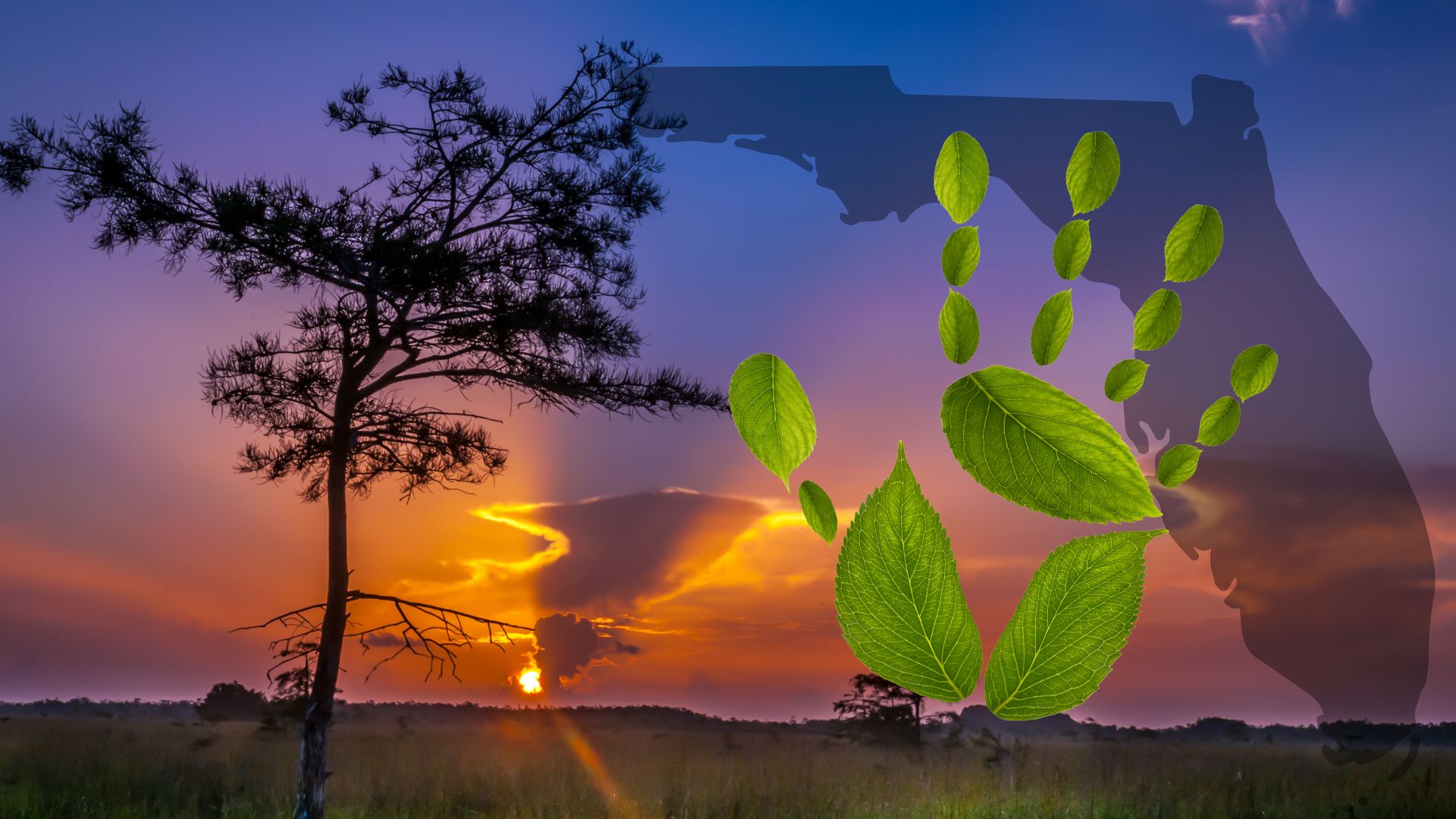Everglades Restoration Efforts Could Safeguard Florida Keys and Boost the Economy
The Everglades, a sprawling subtropical wetland at Florida’s heart, holds far more significance than its postcard-perfect fan boats and alligators might suggest. The push to restore this “River of Grass” isn’t just about keeping the sawgrass healthy; it’s about addressing high stakes for the environment, the Florida Keys, and the broader economy—including its precarious insurance market.
Efforts under the Comprehensive Everglades Restoration Plan (CERP) could bring massive economic and ecological benefits. But the path forward is riddled with both promise and challenges. Here’s what’s at play and why it matters to every Floridian.
The Link Between Everglades Health and the Florida Keys
Most people don’t think about the Everglades as a lifeline for the Florida Keys, but it absolutely is. Florida Bay, the shallow waterbody separating mainland Florida from the Keys, depends on fresh water flowing out of the Everglades. This freshwater acts like a natural salinity regulator, keeping salt levels from spiraling during dry times. When salinity shoots up unchecked, seagrass—that lush green undersea carpet—is the first casualty.
And when seagrass dies, it doesn’t go quietly. The last major die-off in 2015 wrecked over 40,000 acres of seagrass, leaving behind sulfur-smelling waters and a chain reaction of ecological collapse. Fish populations plummeted. Tourist charters suffered. Communities built around recreation and seafood felt the sting.
The key to avoiding such disasters? Improving water flow into Florida Bay. Restoring this freshwater lifeline isn’t just about helping seagrass grow. It’s about protecting an entire interconnected ecosystem that supports wildlife, tourism, and livelihoods.
Can Restoration Efforts Stem Economic Risk?
Restoration isn’t all environmental poetry; it’s a sharp economic argument, too. According to the Everglades Foundation, every $1 invested in restoration delivers about $4 in economic benefits. That’s not chump change when you start tallying costs avoided from fewer extreme events like fires sparked by drought or flooding caused by poor water management.
The insurance industry has been keeping one eye on these developments and the other on rising claims for flood damages. Florida’s ecosystem services, like mangroves and coral reefs, play a stealthy but critical role in reducing storm surge impacts. And the Everglades themselves reportedly contribute over $5 billion annually in reduced risks under the National Flood Insurance Program (NFIP).
But here’s the clincher—not restoring the Everglades could make premiums skyrocket in already strained markets. When ecological systems weaken, the costs don’t stay nature-bound. They ripple outward into homeowners’ wallets, insurers’ risk pools, and even state economies.
A Closer Look at Restoration Mega-Projects
One of the biggest game-changers already in motion is the transformation of the Tamiami Trail. Originally built as a dam-like road in the 1920s, it blocked water from flowing naturally southward. Now, thanks to more than 3.5 miles of elevated bridges, that water is moving, delivering much-needed relief to the Everglades’ southern edge.
But perhaps the most ambitious effort is the $3.9 billion Everglades Agricultural Area (EAA) Reservoir. This giant infrastructure project aims to clean and store billions of gallons of polluted runoff before releasing it into the Everglades. Once operational, the reservoir is expected to stop algae-inducing discharges that have long plagued Florida’s east and west coasts. It will also restore freshwater flow essential to keeping Florida Bay and the Keys resilient.
Paul Hindsley, a chief economist for the Everglades Foundation, aptly called this reservoir “a game changer,” one that could rewrite Florida’s eco-economic future.
Not All Smooth Sailing
Even as the benefits pile up, the challenges cannot be shrugged off. Restoration timelines often drag (projects of this scale rarely compete with microwave convenience). Add unpredictable climate shifts into the mix, and even the best-laid plans start looking precarious. While the forecast calls for better salinity levels in Florida Bay this season, over 40% of the state currently sits under drought conditions.
And, of course, money looms large. Big-ticket projects like the EAA Reservoir can feel like a financial Goliath to taxpayers who aren’t yet convinced of their value. Not to mention the ongoing lobbying tug-of-war between agricultural interests, environmental advocates, and urban developers.
How This Relates to You
Taking stock of the Everglades restoration isn’t just some academic exercise. The results trickle down to everything from your potential flood insurance premium to the price of your stone crab dinner in the Florida Keys. When investments in ecological health also mean fewer homes getting battered by storm surges, that’s a win for everyone.
So what can you do now? Follow the progress of these projects. Push local leaders to prioritize them. Because while billion-dollar reservoirs and elevated highways might seem distant from your day-to-day life, their ultimate goal is to prevent costs and crises from knocking at Floridian doors.
Restoration takes time and political will, but make no mistake about it. Reviving the Everglades is an investment in nature’s infrastructure that could sustain Florida for generations. If seagrass die-offs teach us anything, it’s that delays only make the financial and ecological costs sharper. And that’s a bill nobody wants to foot.


